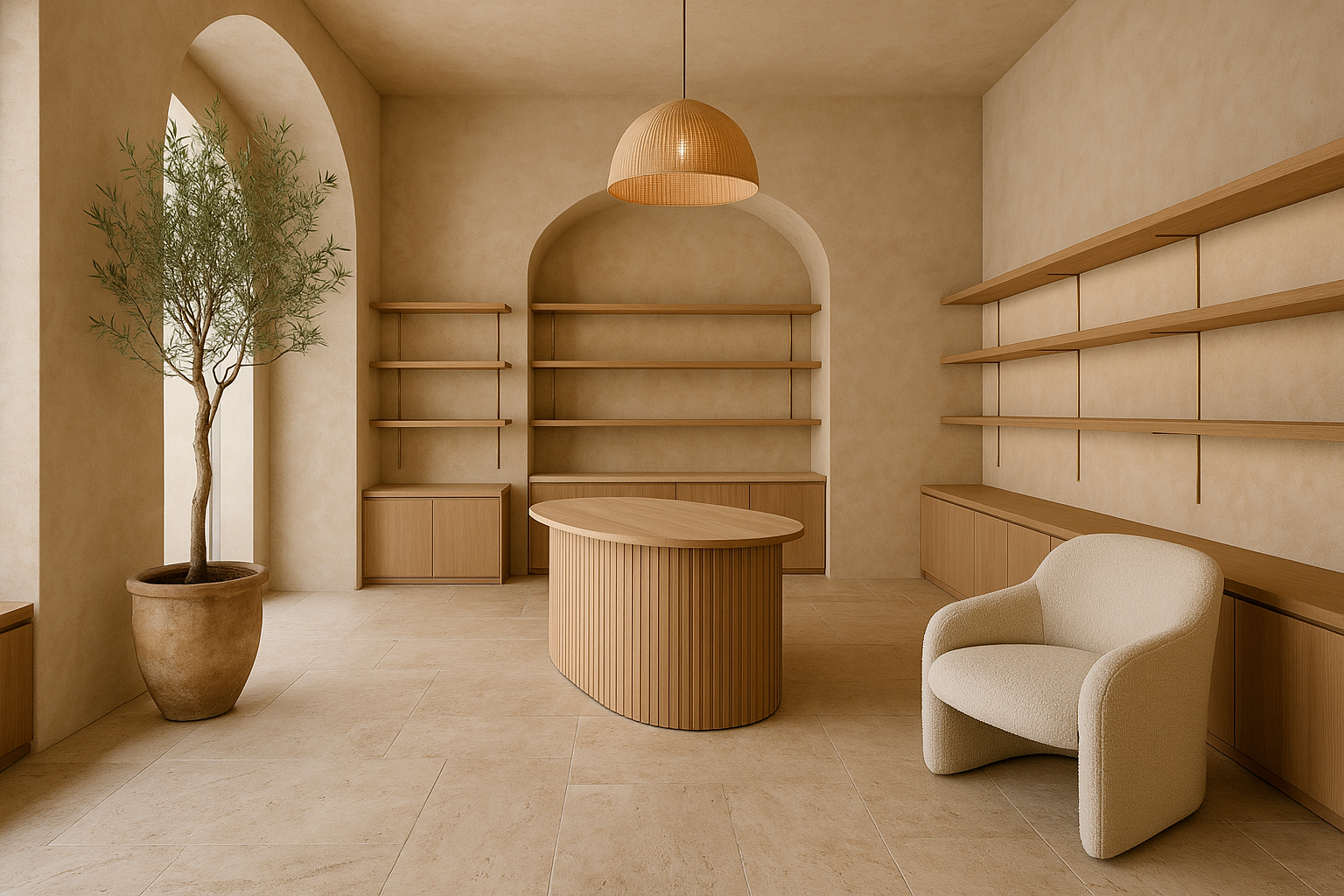
Visual Merchandising is not Interior Design: The critical Difference every retailer must know
Learn why designing like an interior designer is not serving your retail profits! In this quick visual merchandising insight learning, we address the critical difference between beautiful store design and profitable store design.
